
MUN Geophysics Research
The Memorial geophysics group is active in a wide variety of fields. The research is supported by grants from government (e.g., NSERC, RDC NL, ACOA, PEEP, Turkish Research Council) and private-sector (oil and mining companies, active in the province and its offshore: e.g., Chevron Canada, Husky Energy, Hibernia MDC, Nalcor Energy, Vale). The group has eight research-active faculty, a handful of post-docs and research associates, and around 25 graduate students.
Reservoir geophysics
Alison Malcolm has just joined the group to occupy the Chevron Chair in Reservoir Characterisation. Her speciality is in applied seismology, especially the development of new approaches to characterising complex geology. At Memorial she will continue to work on monitoring changes in subsurface reservoirs, particularly for the offshore oil and gas developments in the region. Her group will also work on developing methods for looking for cracks and fluids in the subsurface, primarily by exploiting their nonlinear elastic responses.
Regional geophysics
In western Newfoundland, we are carrying out a geophysical and structural evaluation of the petroleum potential of the Carboniferous Howley Basin using reflection seismics, gravity, and MT (Calon, Farquharson, Hurich, Leitch).
Offshore Newfoundland and Labrador, we have a number of projects: interpreting reflection data of basins from various parts of the rifted margin; modelling the geodynamics of the hyper-extended Orphan Basin; and interpreting crustal structure of the margins and their conjugates from regional gravity (Deemer, Gouiza, Hall, Welford).
In the eastern Mediterranean, we have collected and interpreted 20,000 km of multi-channel reflection seismic data, across the active convergent margin of the African and Anatolian plates (Hall, Aksu, Calon) and have acquired and modelled a series of wide-angle crustal seismic profiles across the plate margin south of Cyprus (Hall, Welford).
Field technology development
Novel seismic sources using swept impact technology with hydraulical rock breakers are being developed and tested at various sites in the province (Hurich).
As part of a project evaluating and developing tools for vibration assisted rotary drilling, we are working on techniques for acoustic monitoring of drilling performance and evaluating and field testing vibrating drilling tools as a source for seismic while drilling (Butt, Hurich).
Computational and mathematical geophysics
We are at the forefront of computational geophysics, in particular, the development of computational methods for synthesizing and inverting geophysical data (Farquharson, Lelièvre). Current emphasis is on developing methods and software that work with more flexible and realistic parameterizations of Earth models. Applications are constrained and joint inversion of potential field data in the mineral exploration context, and synthesizing geophysical electromagnetic data for both mineral and hydrocarbon exploration and delineation contexts.
We (Farquharson, Hurich, Malcolm) are part of the cross-department Computational Applied Geophysics Group that also has members from the Departments of Mathematics and Physics. The interests of this Group are the development of modelling, interpretation, and inversion methods for seismic data in particular and geophysical data in general that can exploit the parallelization made possible by current high performance computer technology (multi-CPU clusters, multi-core GPUs).
Farquharson is part of the multi-disciplinary, multi-institutional Canadian Mining Innovation Council “Footprints” project that is funded by NSERC and a consortium of mineral exploration companies. The MUN geophysics component of this pan-Canadian project includes the inversion of data from and the development of integrated 3D Earth models for the three case-study mine-sites that form the focus of this project.
Modelling dynamics of vibrational modes of whole Earth continues, focussing on effects of liquid outer core and solid inner core on wobble/nutation and precession (Rochester).
Theoretical approaches to seismic wave propagation in complex media leading to enhanced ability to characterise such properties as anisotropy from field measurements continues (Slawinski).
The fluid dynamics of magma systems, from both a theoretical approach and from field observations is being pursued (Leitch).
Paleomagnetism and rock magnetism
Paleomagnetic study of Ediacaran rocks of the Avalon Zone of Newfoundland continues (Hodych).
Geophysical surveys associated with mining camps
We have several projects that are focused on adaptation and development of seismic techniques for hard rock minerals exploration. Development is mainly focused on combining borehole seismic imaging using seismic interferometry with surface seismic data, Figure 1. In addition we have been developing approaches to surface-borehole and borehole-borehole tomography. Field trials have taken place at the Voisey’s Bay massive sulphide deposit (Deemer, Hurich). Other research focussed on Voisey’s Bay, include associated studies of potential fields (Farquharson), and the fluid dynamic modelling of ore formation (Leitch).
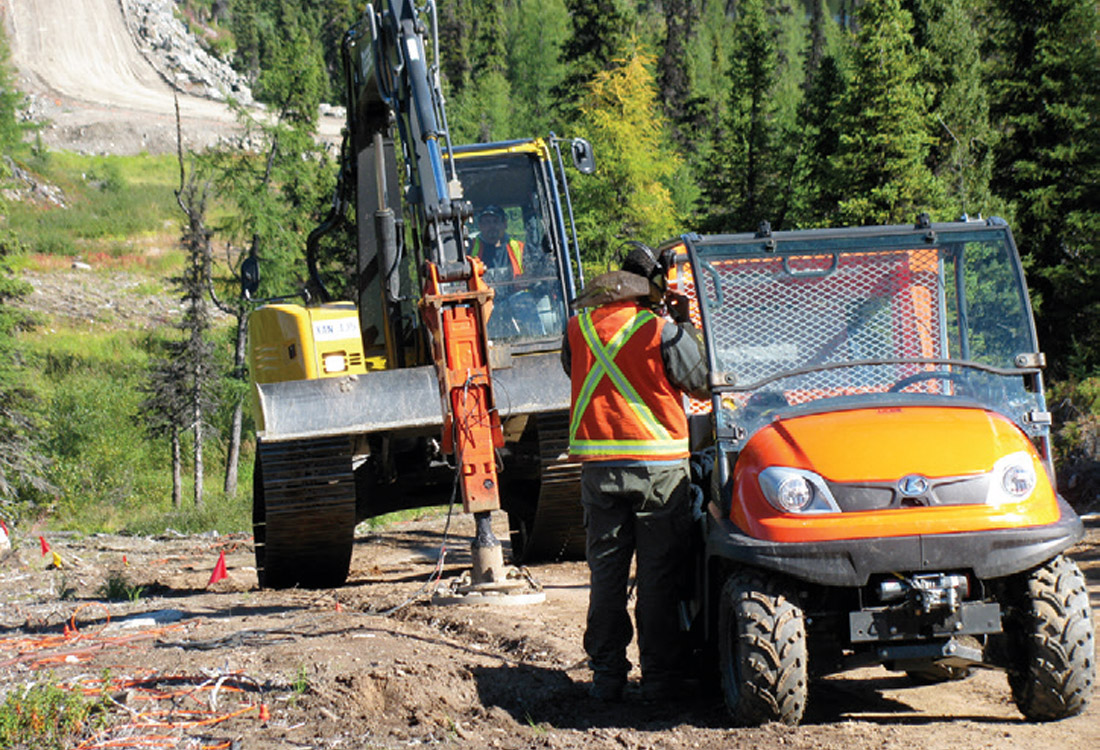





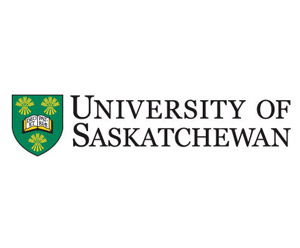
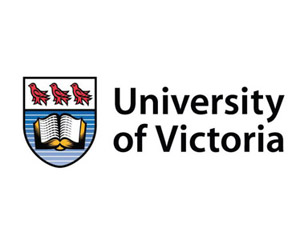
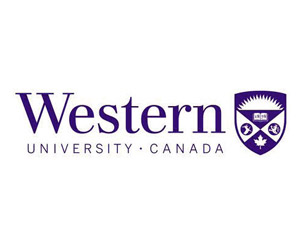
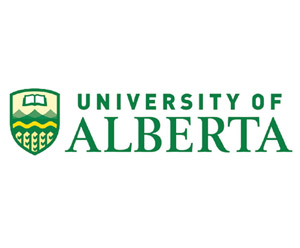






Join the Conversation
Interested in starting, or contributing to a conversation about an article or issue of the RECORDER? Join our CSEG LinkedIn Group.
Share This Article